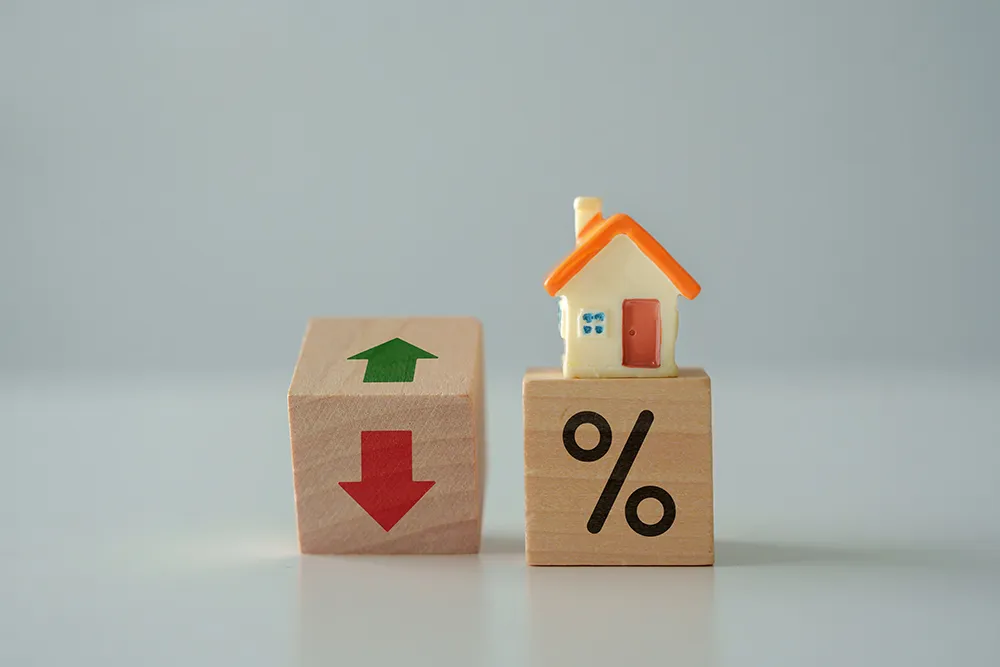
An estimated 15m homes in England and Wales need energy efficiency improvements — with a high proportion of these being older properties and detached homes.
Analysis by Halifax suggests that just 10% of pre-1900 homes meet the EPC ‘C’ standard, the current government minimum standard for new build properties.
Halifax points out that this poor energy efficiency is costing homeowners thousands of pounds in extra fuel costs each year, particularly with gas bills rising steeply.
The bank points out that lockdown has prompted a ‘race for space’ among home movers, with detached and period properties in demand. However, these homeowners face some of the biggest energy cost increases following the fuel cap rise, and higher costs to make homes energy efficient.
Improved construction methods mean that the vast majority of modern housing is far more energy efficient. The survey by Halifax shows that the average EPC rating for homes build since 2012 is ‘B’ or higher.
This compares to an average rating of ‘D’ across the housing stock in England and Wales is D. For the 4.2m homes build prior to 1900 the average EPC rating is only ‘E’.
In total there are around 25m homes in England and Wales, but Halifax’s data suggests that 60% need energy improvements to meet a minimum EPC rating of ‘C’.
Halifax points out that one of the key differences between older and older and newer homes that affects energy efficiency is how they are designed to deal with damp. In older homes, ventilation between floors and ceilings and under roofs is how moisture is dealt with, which in turn means poor heat retention. Modern homes favour damp-proofing under solid block floors.
Other differences include little or no insulation in floors, walls, and ceilings, single glazed windows, open fire places and lower standards of construction in key areas like doors and windows causing draughts.
Overall, it is estimated that around a quarter of heat loss from poorly insulated homes is through roofs, a third through external walls, another quarter through doors and windows, and the rest through floors.
Halifax mortgages director Andrew Asaam says: “The 50% increase in the fuel cost cap is going to have an impact on everyone’s energy bills, in all but the most modern homes that impact is going to be significantly more.
“The majority of our homes fall short of the average C rating the government aspires to, which means we’re wasting money and harming the environment heating our homes. Further fuel price increases are only going to mean we’re spending more to live in colder homes unless we act.”



